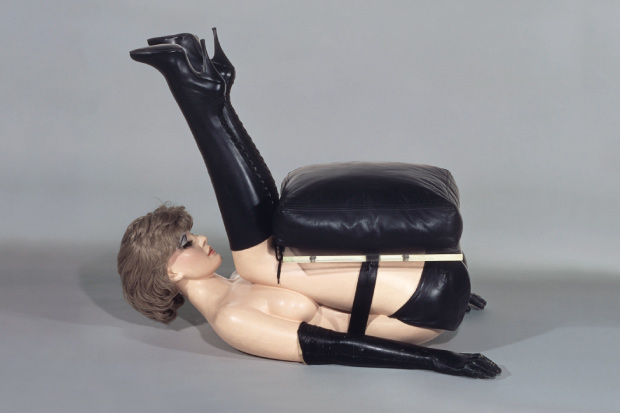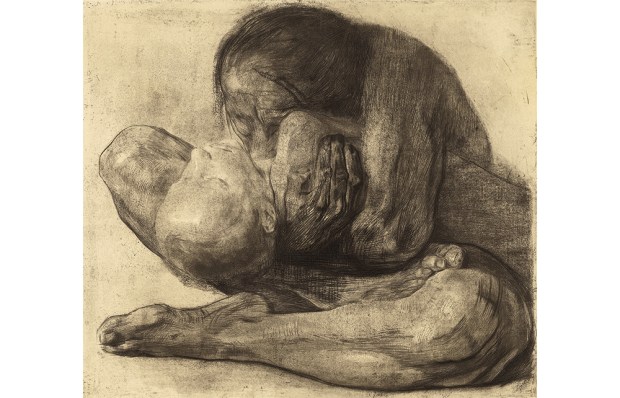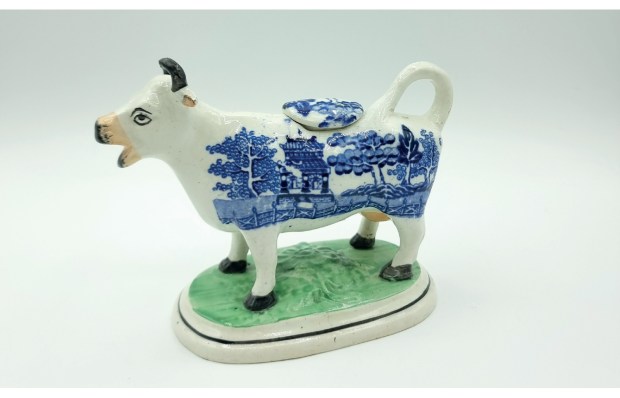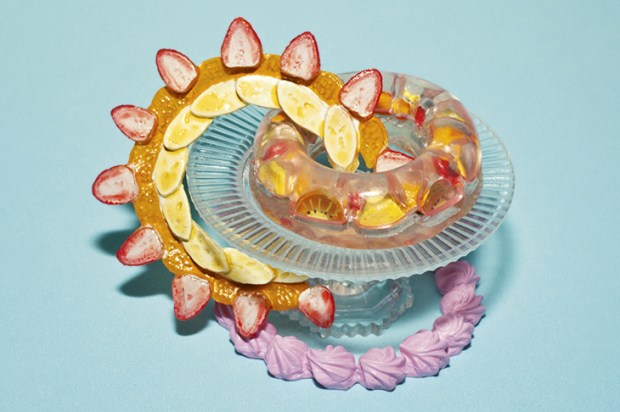It has been a vintage season for mannequins. At the Fitzwilliam Museum in Cambridge, an exhibition called Silent Partners looks at the relationship between artist and mannequin, from function to fetish. In London, the Royal Academy is hosting a retrospective of the work of British artist and Academician Allen Jones. Jones, who is now 77, became obsessed with mass-produced imagery of eroticised women. As the show makes clear, he never really got over it.
During the 1960s, Jones emerged as a leading pop artist. His contemporaries at the Royal College of Art included Patrick Caulfield and David Hockney, but he was expelled after a year. His big break came in 1969 with his trio of fibreglass sculptures that portrayed women as pieces of furniture. Unsurprisingly, ‘Hat Stand’, ‘Table’ and ‘Chair’ (all of which are on show) didn’t exactly chime with contemporary feminist discourse. In 1986, ‘Chair’ had acid thrown on it when it was exhibited at Tate Britain.
But what to make of them today? As objects, these hyper-realistic sculptures are still intriguing to look at, but political discourse has moved on. Feminism’s third wave reclaimed symbols previously seen as disempowering, such as stilettos and fetishwear. So perhaps Jones’s women are blissfully happy as sex objects? Only a few weeks ago, Kim Kardashian elected to be photographed for Paper magazine with a glass of champagne balanced on her bottom — part drinks trolley, part Hottentot Venus. Sexual politics certainly haven’t become any less murky, that’s for sure. Jones’s sculptures speak of a time when sexual boundaries were more defined, and depicting a woman as a piece of furniture wasn’t seen as a triumph for feminism.
The exhibition follows Jones’s development from the 1960s to the present day, although the show abandons chronology in favour of thematic groupings. There’s very little sense of artistic development. Jones’s paintings from the 1980s look almost identical in style to his work from the past few years. Without the controversy surrounding the fetish furniture, it’s hard to imagine he would deserve a retrospective at the RA.
What’s surprising is that despite the furore around his sculpture, Jones thinks of himself primarily as a painter. His influences are fairly clear: the kinetic explorations of Umberto Boccioni, the vibrant colours of Wassily Kandinsky and Robert Delaunay, the brashness of American pop culture. The paintings are at their most delicious when the subject matter is ambiguous. In ‘First Step’, he presents a pair of female legs, propped up painfully on stiletto heels. Male and female elements merge — the grey flannel of a suit; the sharp black point — but the eroticism is implied, rather than explicit. Other works are more obvious, using cinematic storyboarding to create a sense of action. In ‘Night Moves’, a mermaid is crucified while a female stripper watches on. Couples slide in and out of broad planes of lurid colour, while a man paints in the background.
Jones is at his weakest when he attempts portraiture — he can do figures, not faces. Portraits of Darcey Bussell and Kate Moss are on show, although without the labels you would be hard pressed to tell who they were. In the past decade, Jones has used Moss’s image to reinvigorate his career, and it seems to have worked. It’s hardly a surprise that a photograph of Moss in a bronze
bodysuit (originally used on the cover of Pop Magazine in 2013) is being used to advertise the show.
In the penultimate room, a line-up of highly sexualised sculptures stare out from what Jones calls the ‘chorus line’. At once attractive and terrifying, they are made using a process similar to shop-front mannequins, and Jones has described wanting to make them seem as ‘grabbable’ as possible. Are these women some sort of male fantasy or a terrible nightmare? The answer is both. A game is being played, and the viewer is very much part of it.
There’s no easy answer to Jones’s work. You can take offence or you can refuse to be shocked. You can find it erotic or be left cold. He is an important artist, but he’s never going to be universally popular like Warhol or Lichtenstein. Jones has yet to get over his fascination with erotic imagery of women, but, then again, so has his audience.
Got something to add? Join the discussion and comment below.
Get 10 issues for just $10
Subscribe to The Spectator Australia today for the next 10 magazine issues, plus full online access, for just $10.
You might disagree with half of it, but you’ll enjoy reading all of it. Try your first month for free, then just $2 a week for the remainder of your first year.















Comments
Don't miss out
Join the conversation with other Spectator Australia readers. Subscribe to leave a comment.
SUBSCRIBEAlready a subscriber? Log in